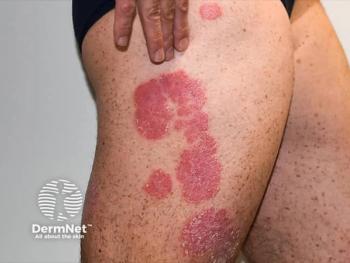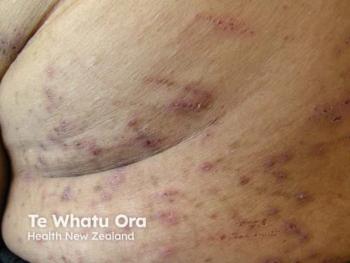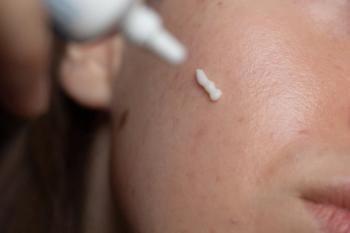
Evolving Melanoma Outcomes and Care: Insights from Victor Gall, MD
As melanoma rates rise, Victor Gall, MD, emphasizes proactive care, early detection, and innovative treatments to improve patient outcomes and survival rates.
As summer approaches and sun exposure increases, the risk of melanoma, one of the deadliest forms of skin cancer, becomes a growing public health concern. In 2025, the American Cancer Society estimates nearly 105,000 new cases will be diagnosed, with over 8,000 lives lost to the disease.1 The month of May, recognized as Skin Cancer Awareness Month, is a vital time to emphasize prevention, early detection, and the importance of routine skin checks in patients, especially as melanoma rates rise among women over 50. Dermatology Times spoke with Victor Gall, MD, surgical oncologist at Community Medical Center and Monmouth Medical Center, part of RWJBarnabas Health and Rutgers Cancer Institute of New Jersey, the state’s only National Cancer Institute-designated Comprehensive Cancer Center. Gall shares insights on evolving strategies for melanoma care, breakthroughs in treatment like immunotherapy, and how collaborative, patient-centered approaches can dramatically improve outcomes.
Dermatology Times: With the projected increase in melanoma cases, what are the key considerations you see evolving in the management of melanoma, especially in women over 50 or other high-risk patients?
Gall: As melanoma cases continue to rise, there's a stronger push toward proactive, patient-centered care. For individuals over 50 and others at higher risk, encouraging open conversations and regular screenings is essential. Many patients aren’t sure what questions to ask, so guiding them through the process and helping them understand their risk can lead to earlier detection and better outcomes. Age, sex, and skin type all play a role in how melanoma presents, so a more individualized approach is becoming increasingly important.
Dermatology Times: What are some of the latest breakthroughs in melanoma treatments and surgical approaches that clinicians should be aware of, such as immunotherapy?
Gall: While advanced therapies are evolving, what remains clear is the importance of early detection. Survival rates are significantly higher when melanoma is caught at a localized stage. That highlights the value of identifying it early through routine exams and patient engagement. The sooner it's found, the more options there are for successful treatment, whether surgical or otherwise. When it comes to treatment, the majority of patients will need surgery to remove the melanoma, and that will be the only treatment they’ll need. However, if a lymph node biopsy reveals that the cancer has spread, systemic treatment may be given. This may include targeted therapy or immunotherapy. Over the last several years, the FDA has approved many new therapies that enable us to harness a patient’s immune system to fight melanoma as well as other skin cancers.
Dermatology Times: As a surgical oncologist, how do you collaborate with dermatologists to optimize surgical planning based on the initial biopsy, clinical presentation, and other factors?
Gall: Collaboration starts with clear communication. A detailed biopsy, along with clinical context, helps guide decisions around surgical margins and staging. When dermatologists and surgeons work closely together, patients benefit from more precise planning and better-coordinated care. This kind of teamwork ensures the approach is thorough, timely, and tailored to the individual.
Dermatology Times: As we celebrate Skin Cancer Awareness Month, what are the most critical messages regarding prevention and early detection that dermatologists should reinforce with their patients?
Gall: The key message is simple: don’t wait. Regular self-exams and yearly skin checks can make a life-saving difference. Patients should feel encouraged to speak up about any new or changing spots. Reinforcing that early-stage melanoma has very high survival rates can motivate people to take prevention and detection seriously. Clear guidance and a welcoming, judgment-free conversation can go a long way. Keep encouraging questions. A supportive, informative approach builds trust and helps patients stay engaged in their care. Even small conversations during routine visits can lead to early detection. Clinicians play a vital role not just in diagnosing skin cancer but in helping patients feel empowered and confident in managing their skin health.
Reference
1. Key Statistics for Melanoma Skin Cancer. American Cancer Society. 2025.
Newsletter
Like what you’re reading? Subscribe to Dermatology Times for weekly updates on therapies, innovations, and real-world practice tips.


















